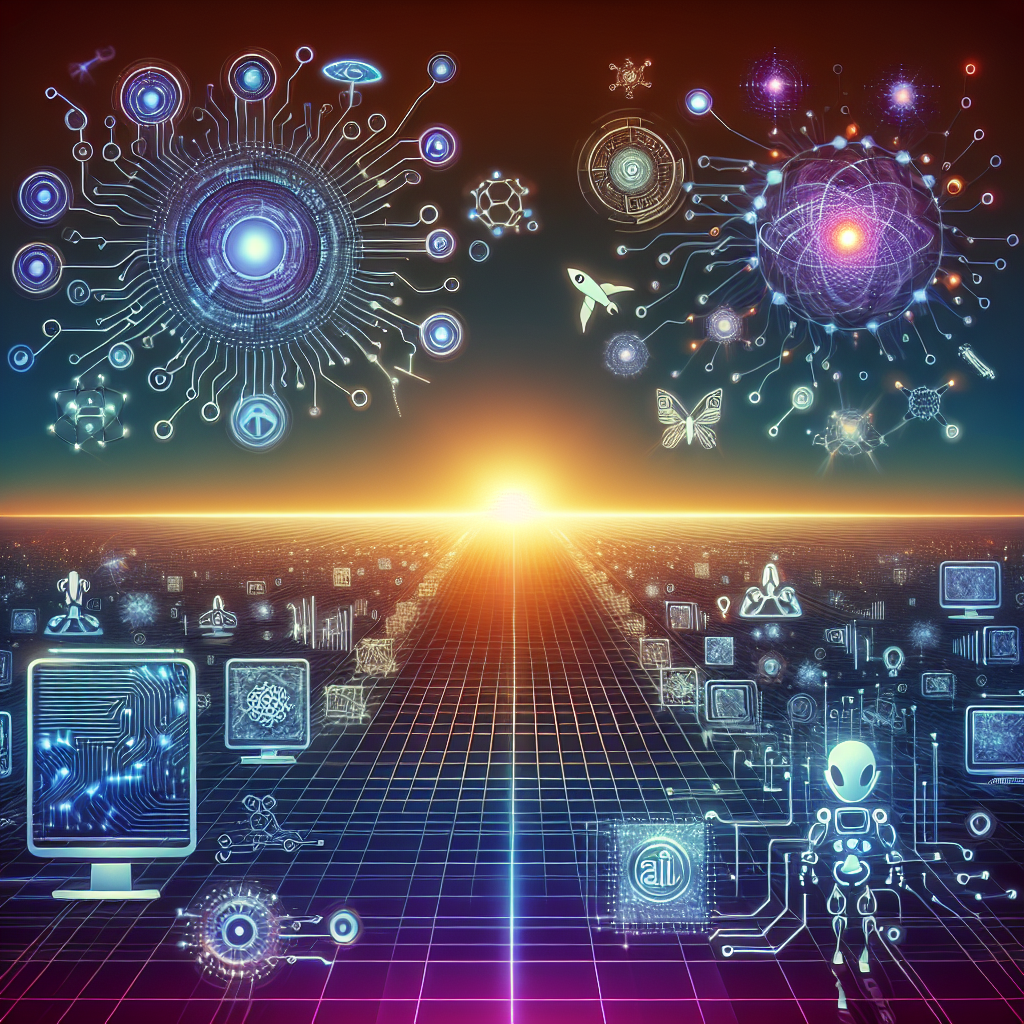Artificial General Intelligence (AGI) is a term that refers to a type of artificial intelligence that possesses the ability to understand, learn, and apply knowledge across a wide range of tasks and domains, much like a human being. While current AI systems are highly specialized and can excel in specific tasks, such as image recognition or natural language processing, AGI aims to create a more versatile and adaptable form of AI that can perform a variety of cognitive tasks with the same level of proficiency as a human.
The development of AGI has long been considered the “holy grail” of artificial intelligence research, with the potential to revolutionize industries and society as a whole. As we continue to make strides in AI research and technology, the prospect of achieving AGI is becoming increasingly within reach. In this article, we will explore the concept of AGI, its potential applications, and the challenges that researchers face in its development.
What is AGI?
AGI is a type of artificial intelligence that is designed to mimic the cognitive abilities of humans. Unlike current AI systems, which are typically designed to excel in specific tasks or domains, AGI aims to create a more general-purpose form of AI that can adapt to new tasks and environments with minimal human intervention. AGI systems are capable of understanding complex information, learning from experience, and applying knowledge in novel situations.
One of the key features of AGI is its ability to perform a wide range of cognitive tasks, such as reasoning, problem-solving, planning, and decision-making. These capabilities enable AGI systems to tackle a variety of real-world problems, from diagnosing medical conditions to controlling autonomous vehicles.
Applications of AGI
The potential applications of AGI are vast and varied, spanning across multiple industries and sectors. Some of the most promising applications of AGI include:
1. Healthcare: AGI has the potential to revolutionize healthcare by assisting in medical diagnosis, treatment planning, and drug discovery. AGI systems can analyze vast amounts of patient data to identify patterns and trends that may be missed by human doctors, leading to more accurate diagnoses and personalized treatment plans.
2. Finance: AGI can be used to analyze financial data, predict market trends, and optimize investment strategies. AGI systems can quickly process and interpret large volumes of data to make informed decisions and recommendations, helping investors and financial institutions maximize their returns.
3. Robotics: AGI can be integrated into robotic systems to enhance their autonomy and decision-making capabilities. AGI-powered robots can navigate complex environments, interact with humans, and adapt to changing circumstances, making them ideal for a wide range of applications, from manufacturing to healthcare.
Challenges in AGI Development
Despite the potential benefits of AGI, there are several challenges that researchers must overcome in its development. Some of the key challenges include:
1. Scalability: Building an AGI system that is capable of performing a wide range of cognitive tasks requires a massive amount of computational resources. Researchers must develop algorithms and architectures that can scale efficiently to handle the complexity and diversity of tasks that AGI systems are expected to perform.
2. Adaptability: AGI systems must be able to learn from experience and adapt to new tasks and environments. This requires the development of algorithms that can generalize knowledge and apply it in novel situations, a capability that is currently lacking in most AI systems.
3. Ethical and Safety Concerns: The development of AGI raises ethical and safety concerns, as the potential impact of AGI on society and the economy is not fully understood. Researchers must address issues such as bias, transparency, and accountability to ensure that AGI systems are developed and deployed responsibly.
FAQs
Q: How is AGI different from other types of AI?
A: AGI is different from other types of AI, such as narrow AI or machine learning systems, in that it is designed to mimic the cognitive abilities of humans across a wide range of tasks and domains. While narrow AI systems are highly specialized and excel in specific tasks, AGI aims to create a more general-purpose form of AI that can adapt to new tasks and environments with minimal human intervention.
Q: When will AGI be achieved?
A: The timeline for achieving AGI is uncertain, as it depends on a variety of factors, such as technological advancements, research progress, and funding availability. Some experts predict that AGI could be achieved within the next few decades, while others believe that it may take longer due to the complexity and challenges involved in its development.
Q: What are the potential risks of AGI?
A: While AGI has the potential to bring about significant benefits, such as improved healthcare, finance, and robotics, it also poses risks, such as job displacement, ethical concerns, and safety issues. Researchers and policymakers must address these risks to ensure that AGI is developed and deployed responsibly.
In conclusion, AGI represents the next frontier in AI development, with the potential to revolutionize industries and society as a whole. While there are still challenges to overcome in its development, researchers are making significant strides in advancing the field of AGI. By addressing these challenges and harnessing the potential of AGI, we can unlock new opportunities and possibilities for the future of artificial intelligence.

